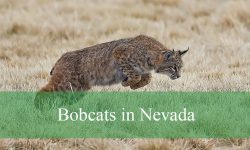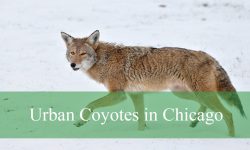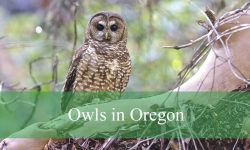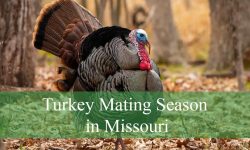Florida’s landscape is famous for its lush wetlands, tropical forests, and endless beaches, but hidden within the state’s old structures lies an unexpected mystery. In quiet corners of abandoned buildings, barns, and deserted houses, owls have found new homes. These nocturnal birds of prey, once purely forest dwellers, have learned to adapt remarkably well to human-made environments.
The sight of an owl peering from the rafters of an empty warehouse or perched in a crumbling farmhouse window may seem eerie, but it reveals a fascinating story of survival and adaptation. As Florida’s urban and rural areas change, these intelligent birds are seizing new nesting opportunities where nature and decay meet.
This article explores why owls in Florida nest in abandoned buildings, how different owl species use these structures, and what this behavior tells us about wildlife adaptability in a human-dominated world.
Understanding Florida’s Owls
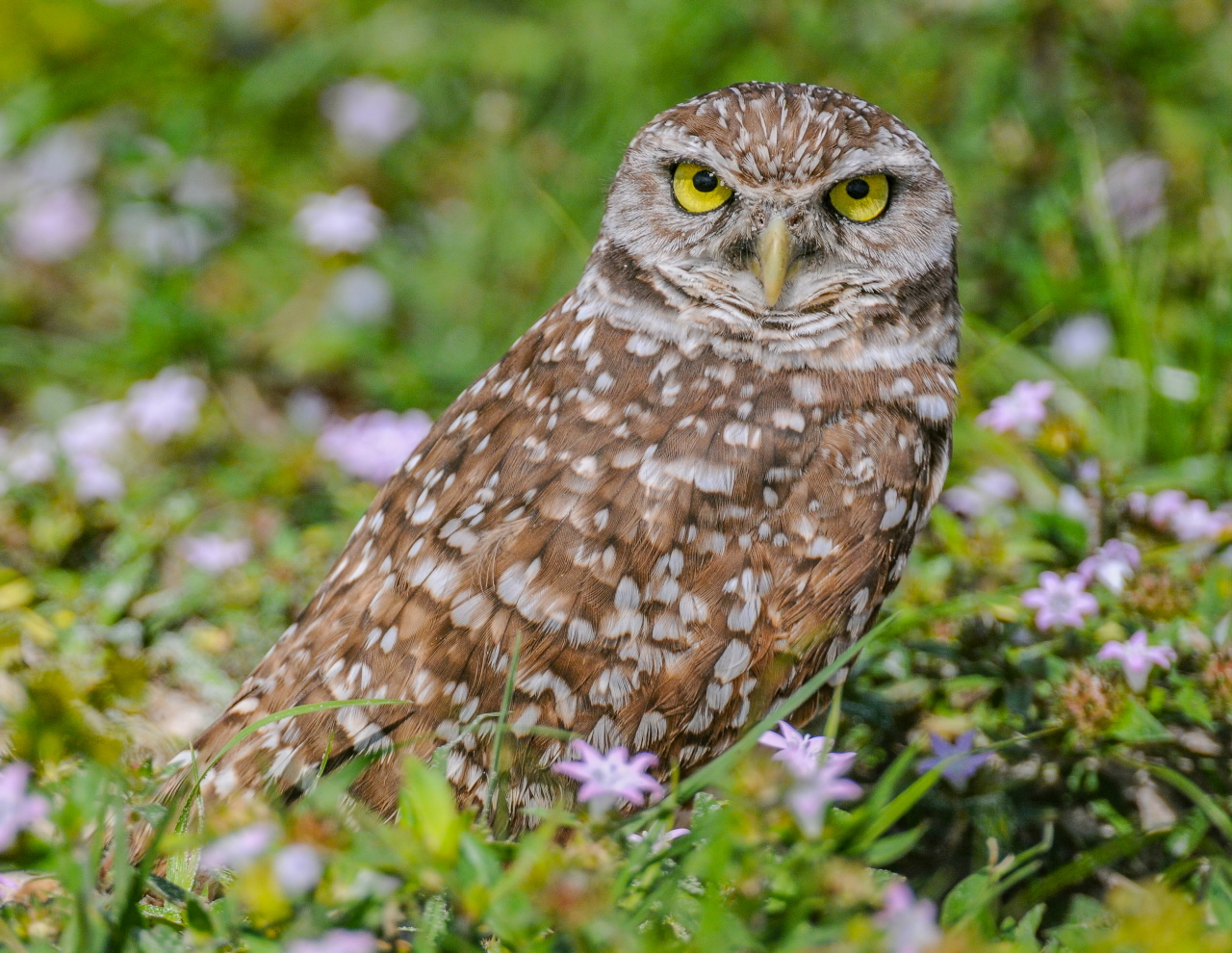
Common Owl Species Found in Florida
Florida is home to a rich variety of owl species, each uniquely adapted to the state’s diverse habitats. The most common species that often choose abandoned buildings as nesting or roosting sites include:
- Barn Owl (Tyto alba)
- Eastern Screech Owl (Megascops asio)
- Great Horned Owl (Bubo virginianus)
- Barred Owl (Strix varia)
Among these, the barn owl is particularly famous for making its home in human structures, while the others may use them opportunistically. These owls thrive in rural and semi-urban areas, where old barns, silos, and deserted homes provide safety and shelter.
A Perfect Blend of Instinct and Adaptation
Owls are opportunistic nesters. In Florida’s rapidly developing environment, deforestation and habitat loss have reduced the number of natural nesting sites such as hollow trees and cliffs. Abandoned buildings fill this void perfectly, offering protection from predators, warmth, and proximity to hunting grounds.
This ability to adapt to new environments is one of the reasons owls continue to thrive even as their natural habitats decline. In fact, Florida’s owls have become symbols of resilience and coexistence between wildlife and human expansion.
Why Abandoned Buildings Attract Owls
Shelter from Predators and Weather
Abandoned structures provide owls with something they crave most—security. In the wild, hollow trees or dense foliage protect nests from predators like raccoons, snakes, and hawks. As these natural shelters disappear, owls turn to the man-made equivalents. The attics, rafters, and dark corners of deserted barns mimic the enclosed safety of a tree hollow.
These buildings also provide protection from Florida’s unpredictable weather. Whether it’s a summer thunderstorm or a cool winter night, the solid walls and roofs of abandoned structures help stabilize temperature and keep nests dry.
Ideal Nesting Conditions
Owls prefer nesting in quiet, undisturbed locations. Abandoned buildings often meet these requirements perfectly—dark, secluded, and rarely visited by humans. Many structures contain ledges, cavities, or beams that make ideal nesting sites.
Barn owls, for example, seek out flat, elevated platforms inside old barns or church towers to lay their eggs. Eastern screech owls and barred owls, on the other hand, might choose holes in walls or roof gaps that mimic tree cavities. These spots provide just enough cover while allowing easy access for hunting trips.
Abundance of Prey Nearby
Abandoned buildings often attract rodents, bats, and small birds—ideal prey for owls. The shelter, food, and lack of human disturbance create a self-sustaining micro-ecosystem. Barn owls, in particular, feed primarily on mice and rats that thrive in the surrounding fields or within the buildings themselves.
Owls that roost in these structures can hunt efficiently at night, swooping silently through broken windows or open doors to catch unsuspecting prey. This close proximity to food reduces the energy spent hunting, a crucial advantage during breeding seasons.
The Barn Owl: Florida’s Most Famous Urban Nester
Characteristics of the Barn Owl
The barn owl is one of Florida’s most recognizable nocturnal birds. With its heart-shaped face, pale plumage, and ghostly flight, it has long inspired myths and legends. Unlike most owls, it does not hoot; instead, it emits a chilling screech that often echoes through the night, adding to its mysterious reputation.
Perfect Match for Abandoned Structures
True to its name, the barn owl has an ancient connection with human buildings. Across Florida, from rural Panhandle farms to the sugarcane fields of the south, barn owls have made themselves at home in barns, grain silos, and deserted churches. These locations provide perfect nesting spots—high, dark, and quiet.
A barn owl pair typically chooses the same nesting site year after year. Females lay four to seven eggs on a flat surface, and both parents take turns guarding and feeding their young. Because barn owls can breed multiple times per year in Florida’s mild climate, abandoned buildings often echo with the chirps of young owlets almost year-round.
Benefits for Humans
Interestingly, barn owls’ choice of nesting in abandoned buildings indirectly benefits nearby farmers and property owners. A single barn owl family can consume thousands of rodents annually, providing a natural form of pest control. Some Floridians even install nest boxes in unused structures to attract these efficient hunters intentionally.
Other Owl Species Using Abandoned Buildings
Eastern Screech Owl
The tiny eastern screech owl, with its camouflage plumage and compact size, is another species known to utilize abandoned houses and barns. They often occupy old woodpecker holes, wall cavities, or roof corners. These owls are less picky about nesting locations as long as there is adequate cover and nearby hunting grounds.
Screech owls adapt well to suburban environments, often living unnoticed in the rafters of garages, storage sheds, or church steeples. Their soft trilling calls can often be heard at dusk in neighborhoods bordered by wooded areas.
Barred Owl
Barred owls, though typically forest-dwellers, occasionally use old buildings near wetlands or forest edges. These large, soulful-eyed owls prefer dark, quiet spaces like attics or towers. They are known for their haunting “Who cooks for you?” call, which echoes across Florida’s swamps and forests.
While they don’t depend on human structures as much as barn owls, their occasional use of abandoned buildings demonstrates adaptability, especially in areas where logging has reduced tree cavities.
Great Horned Owl
The great horned owl is Florida’s most powerful owl species. Though it prefers open forests and large trees, it sometimes roosts or nests in deserted barns, silos, or warehouses. Because of its size, it requires spacious areas to nest, often repurposing old hawk or eagle nests in buildings with open beams or platforms.
These owls are apex predators, feeding on everything from rabbits to snakes and other birds. Their presence in abandoned buildings may also discourage smaller owl species from nesting in the same area.
Ecological and Behavioral Reasons for Nesting in Buildings
Shortage of Natural Nesting Sites
Florida’s rapid development, coupled with hurricanes and deforestation, has significantly reduced natural tree cavities. Mature trees that once housed owl nests are frequently removed for safety or urban expansion. Abandoned buildings, therefore, act as crucial substitutes, allowing owls to reproduce and maintain population stability.
Safety from Ground Predators
Owls face numerous threats from raccoons, snakes, and even feral cats. By nesting high in rafters or attics, they keep their eggs and chicks safe. Elevated perches also give them clear vantage points for hunting and territorial defense.
Microclimate Advantages
Inside old buildings, the temperature is often more stable than outside, especially in Florida’s humid climate. These structures buffer against extreme heat, heavy rain, and strong winds, creating comfortable nesting conditions.
Reduced Competition
In heavily wooded areas, competition for nesting cavities is fierce among birds, bats, and squirrels. Abandoned buildings offer alternative spaces where owls can breed with less interference from other wildlife.
How Urbanization is Changing Owl Behavior
Adapting to Human Environments
As Florida’s cities and towns expand, many owl species have learned to coexist with humans. Abandoned buildings act as transitional habitats—half-natural, half-artificial—bridging the gap between wilderness and urban zones. This adaptability demonstrates the remarkable flexibility of owls in surviving habitat change.
In some urban neighborhoods, people have reported seeing barn owls nesting inside old theaters, warehouses, and even stadium roofs. These locations mimic the quiet, high-roofed barns where the species historically nested.
Potential Risks of Urban Nesting
Despite the advantages, nesting in abandoned buildings is not without risk. These structures can collapse, harbor toxic materials, or attract predators such as raccoons and snakes that also seek shelter. Additionally, redevelopment projects may destroy nests if precautions aren’t taken during renovation.
Conservationists recommend surveying old buildings for active nests before demolition to protect owls during breeding season. Simple steps, such as installing nest boxes nearby, can ensure displaced owls find alternative homes.
Conservation and Coexistence
Protecting Owl Nesting Sites
Preserving Florida’s owl populations requires awareness and cooperation. Landowners can contribute by leaving safe abandoned structures intact during nesting season or installing nest boxes in appropriate areas. Providing artificial nest sites is particularly effective for barn owls, which readily accept them.
Wildlife agencies in Florida also encourage “wildlife-friendly” property management—keeping some natural vegetation, limiting pesticide use, and allowing old trees to stand when possible.
Encouraging Safe Urban Coexistence
In urban areas, abandoned buildings with owl nests can be managed safely by restricting access during nesting periods and monitoring for hazards. Some cities have even integrated owl conservation into their urban planning, recognizing their role in natural pest control.
Owls help regulate rodent populations naturally, reducing the need for harmful poisons that can affect other wildlife. By understanding and supporting these birds, communities can turn old, forgotten spaces into thriving wildlife refuges.
The Symbolism of Owls in Abandoned Buildings
Owls have long been symbols of wisdom, mystery, and transformation. Their presence in abandoned places evokes a poetic image—life returning to decay, nature reclaiming the ruins of human progress. In Florida, where urban growth and wild beauty constantly intersect, owls nesting in forgotten structures remind us that nature finds a way to adapt, even in unlikely spaces.
These birds serve as guardians of balance, connecting the human and natural worlds in unexpected harmony. Their haunting calls echo through silent buildings, a reminder that every ruin can still harbor life.
FAQs About Owls Nesting in Florida Buildings
Do all owls in Florida nest in buildings?
No. While barn owls frequently nest in abandoned buildings, most other species still prefer tree cavities or natural shelters. However, many have adapted to use man-made structures when natural options are scarce.
Are owls dangerous to humans or pets?
Owls rarely pose a threat to humans. They may protect their nests if approached too closely but generally avoid confrontation. Small pets should not be left unattended outdoors at night in areas with large owls like the great horned owl.
Can I remove an owl nest from my property?
It is illegal to disturb or remove active owl nests in Florida without a permit. If an owl has nested in your building, it’s best to wait until chicks have fledged before taking any action.
Do owls help control pests?
Yes. Owls are natural predators of rodents, making them extremely beneficial for agricultural areas and even urban neighborhoods.
Can I attract owls to nest safely on my property?
Yes, by installing nest boxes in quiet, elevated areas away from heavy traffic. Avoid using rodenticides and maintain a safe, wildlife-friendly environment.
Conclusion
Owls nesting in abandoned buildings across Florida reveal a powerful truth about wildlife adaptability. Faced with habitat loss, these remarkable birds have turned forgotten human spaces into sanctuaries for survival and renewal. From barn owls patrolling old silos to screech owls tucked in crumbling rafters, each bird tells a story of resilience and coexistence.
As Florida continues to grow, these nighttime sentinels remind us that every empty structure can serve a purpose—not just as a relic of the past, but as a refuge for life. Protecting and respecting these unexpected homes ensures that the haunting beauty of owls will continue to echo through Florida’s landscapes for generations to come.


